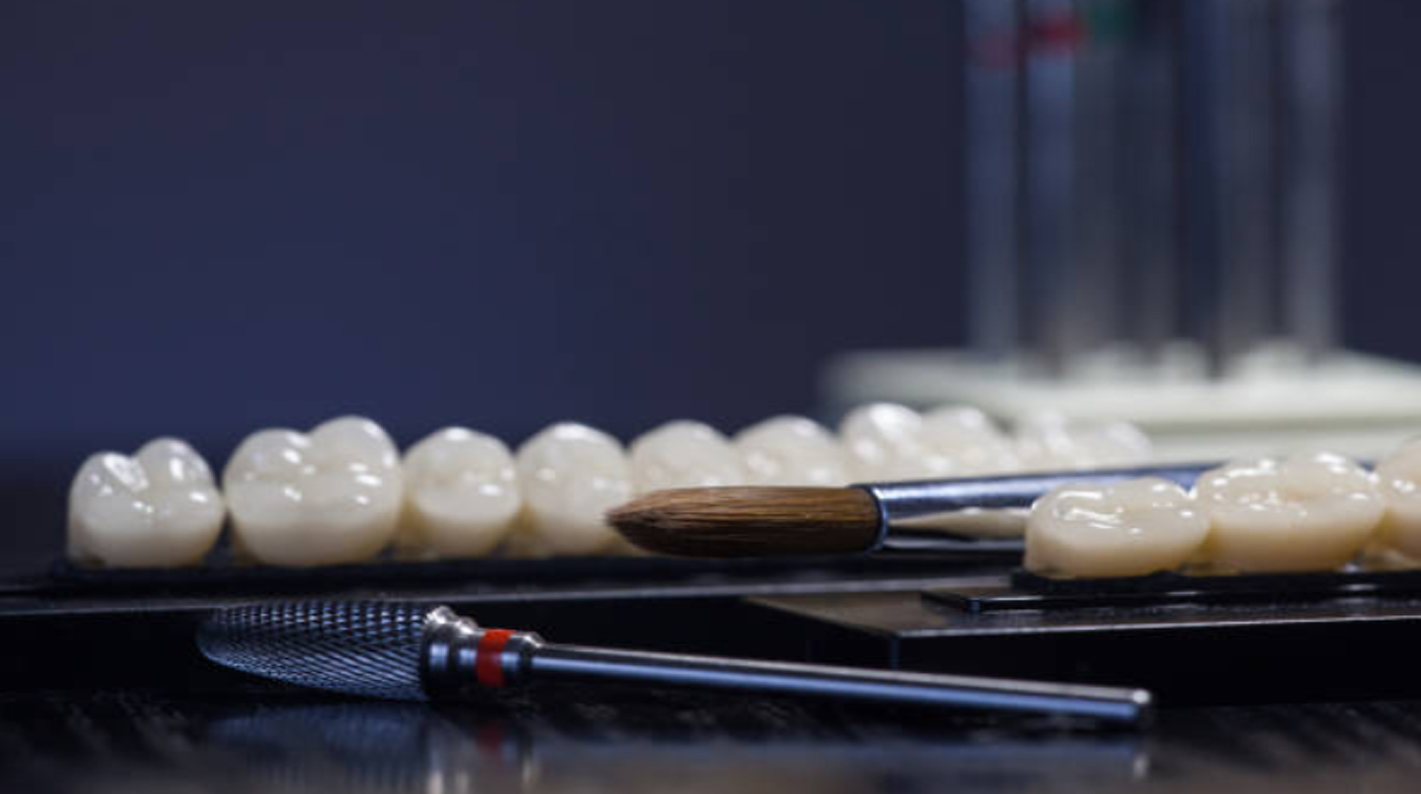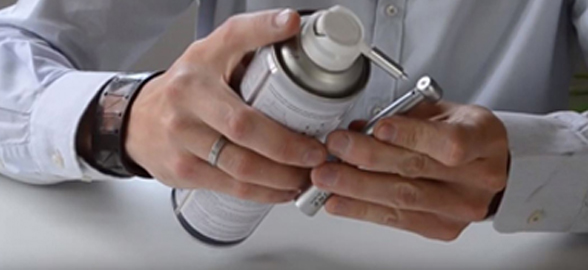The acrylic teeth used in Dentistry are a lasting way to restore dental pieces missing items with a wide variety of shapes, colors, and materials to best fit the patient.
In today's article we tell you what these acrylic dental pieces are made of, their technical characteristics, advantages and how you can choose the right pigmentation correctly... and much more!

Composition of acrylic teeth
The acrylic teeth are made of polymethyl methacrylate, pigments, ethylene glycol dimethacrylate, fluorescence and methyl methacrylate. In addition, they have properties that allow the dentist a varied field of work that can range from the manufacture of artificial teeth to the construction of temporary crowns. The pigments used will change depending on the rest of the dental pieces of the patient, fitting perfectly with them.
How can they be as realistic as possible? First, the dimensions of the natural teeth and the measurement of the gap in the mouth must be taken. And the tone? There are color guides to choose the right one. There is also the option of modifying the teeth, being able to use: makeup, wear, notches or whatever is necessary to obtain a more realistic tooth.
What should be considered when choosing acrylic teeth?
When you go to choose the restorative materials for your dental clinic, it is essential that you take into account the following elements:
- Ease of use: as a very cumbersome material could cause lost time at the dentist and some frustration.
- High resistance and years of durability
- Appropriate aesthetics: which will allow it to adapt in the most natural way to the teeth of your patients.
Technical characteristics of acrylic teeth
- Normally, acrylic teeth are made up of 4 layers, which correspond to the number of color coatings and enamel that each one has. These 4 layers are made up of two gingival layers and another two incisal layers
- As for the shades, there is a variety of eighteen different shades ranging from gray to yellow that are combined according to the location of the tooth until the dental professional achieves an unbeatable naturalness for their patients .
- They are also classified into two groups: Class I, which correspond to the anterior teeth and range from canine to canine, and Class II, which range from the first premolar to the second molar, both upper and lower.
Variations in the occlusal surfaces of acrylic teeth
Posterior teeth can present different variations in their occlusal surfaces, such as:
Molars with inverted cusps – 0°
These teeth are designed without cusp prominences on the masticatory surfaces. Its design makes it possible to reestablish and satisfy the needs for functionality in the masticatory and phonation processes. This type is recommended for elderly patients.
Semi anatomical molars - 10° and 20°
They have a narrow buccolingual dimension and offer an intermediate alternative in aesthetic presentation and functionality with respect to anatomical molars and zero degree cusps.
Anatomical Molars - 33°
These artificial teeth closely resemble the anatomical shape of natural, unworn teeth. They are ideal for dentures for young patients as they reduce chewing pressure in the denture support area.
What are the advantages of using acrylic teeth?
 Acrylic teeth are a very effective solution, since they fulfill three fundamental functions: good support, great stability and high retention. It is also one of the methods that provides more naturalness compared to other prostheses.
Acrylic teeth are a very effective solution, since they fulfill three fundamental functions: good support, great stability and high retention. It is also one of the methods that provides more naturalness compared to other prostheses.
Another of the main advantages that this type gives us is that its price is very low and it can be used temporarily. It also allows the placement of partial dental pieces at different times. In addition, it has a great variety of colors so that they adapt in the best possible way to the teeth of the patients. However, it is very important that you choose good quality teeth, as brittle acrylic can easily break.
Check out our selection of best-selling acrylic teeth:
How to choose the right pigmentation for acrylic teeth?
- It is very important to have natural light when choosing the pigment for acrylic.
- You must take into account the gingival layer that goes inside the tooth and that simulates dentin, skin color, lips, etc. Likewise, it must also be taken into account that the color of the patients' clothing can affect color perception, so, as far as possible, we can cover them with a white sheet.
- In addition, having shade guides is essential to take the colour of the tooth in a correct way.
In the following article, we will tell you about the best tips for finding the right shade and translucency level.
It is essential that you take into account that the teeth arrive at the dental clinic with a red wax in which they are attached. Therefore, it is essential that the teeth are first filed and washed until they are removed. said wax before its restoration, since it is very likely that this wax prevents proper adhesion between the denture base resin and the tooth.
What did you think of our article on acrylic teeth? Remember to follow us on our social networks to stay informed with new blog articles, all the news, trends, offers and promotions that we offer from Dentaltix for dental professionals like you, who love to be updated as much as we do in terms of technology. Follow us! We are waiting for you.





